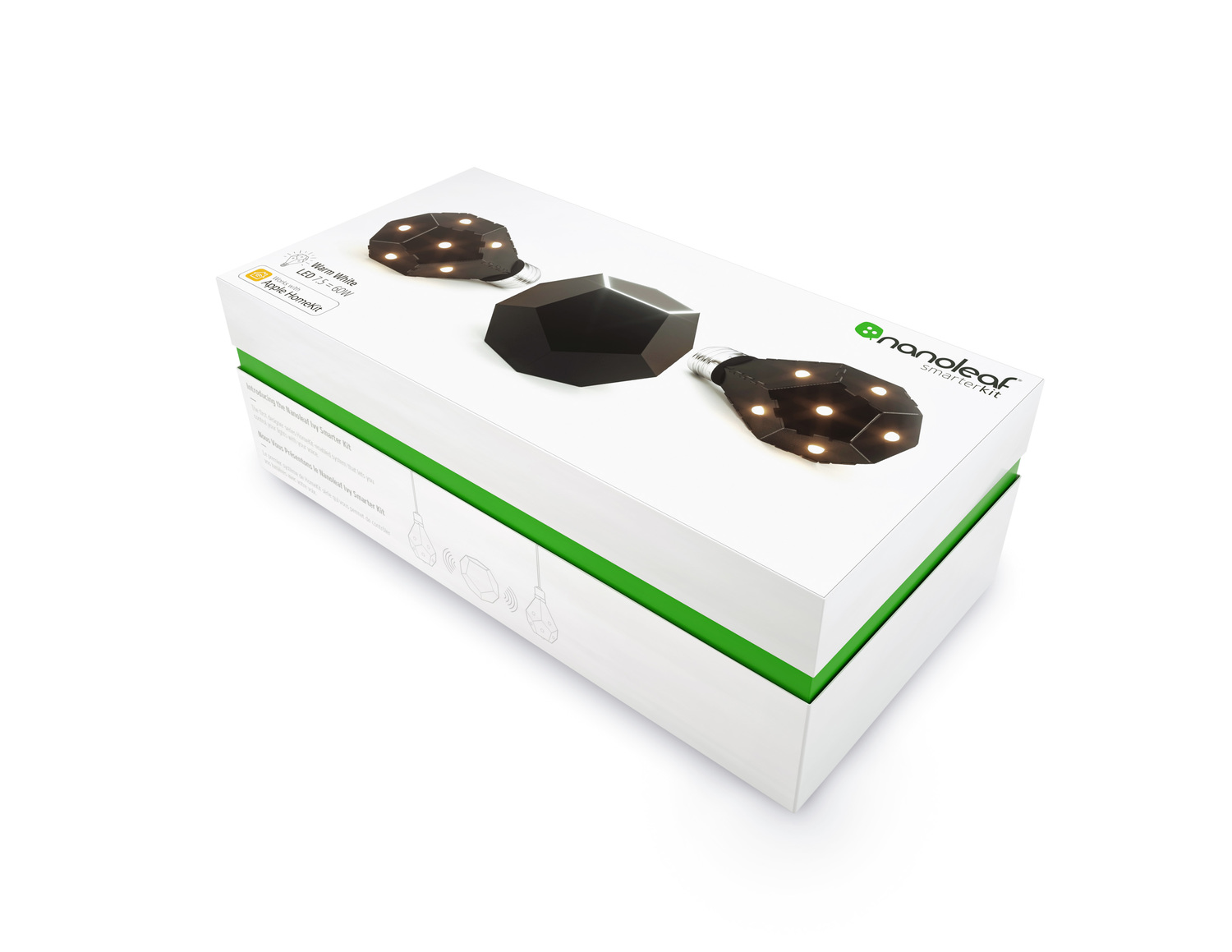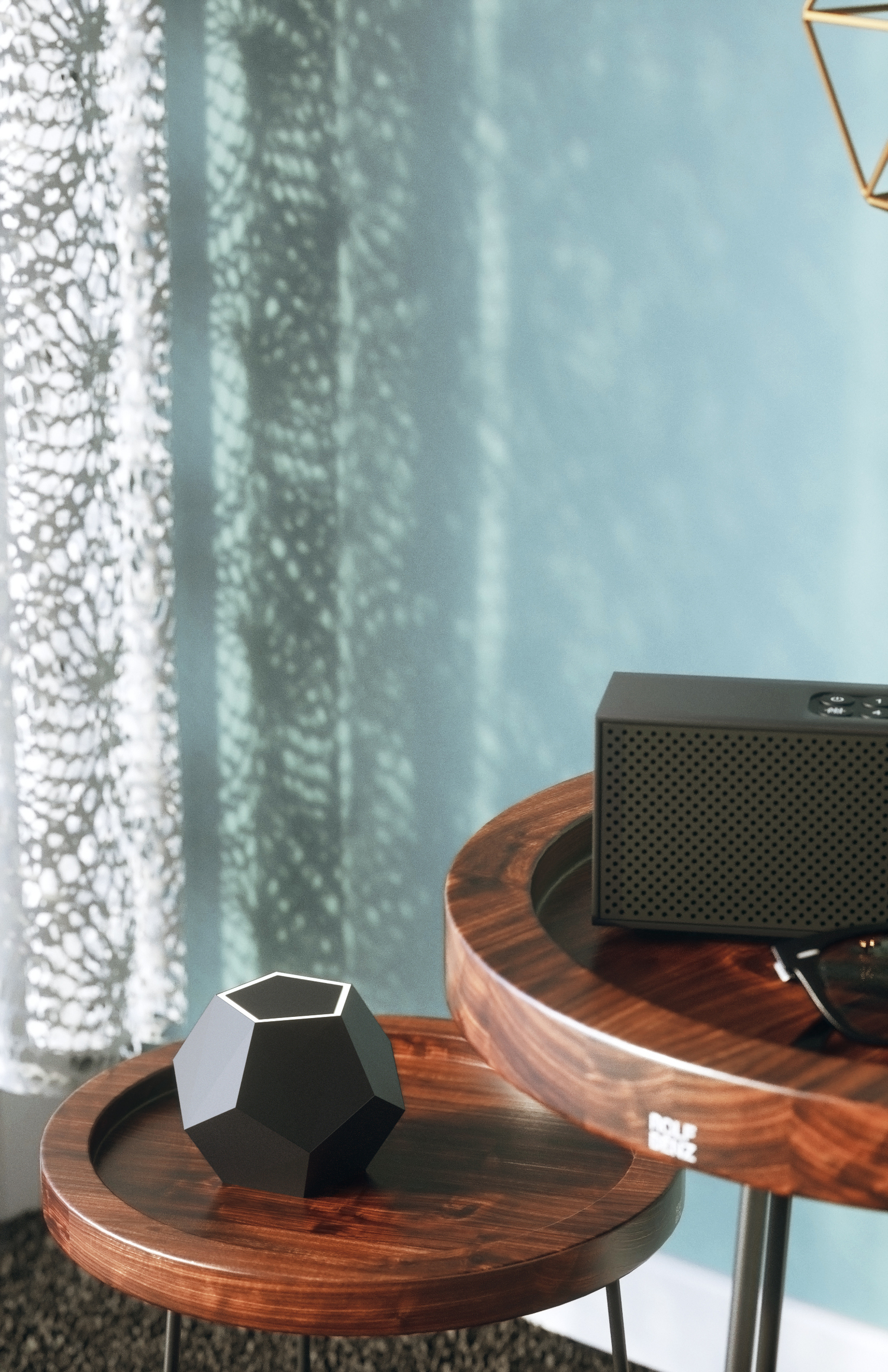Translator
“How to customize the learning experience?”
Project definition
1/5 of the students at Ontario College of Art and design have a learning disability. Most of them do not know about it, or if they do they do not feel comfortable talking about it. It is common that one disability could add up other disabilities; 60% to 75% of the students with learning disabilities have comorbidity. In most cases the second learning disability is stress-related. On the other hand, schools like OCAD, which have a center for students with disabilities, to not have solutions for all the learning disabilities, yet they spend $642,200 every year with only a few solutions. Most of the students with learning disability lack the attention needed, and the participation in the classroom environment; so by helping them to be more focused in the class, they can learn and observe the content much better.
Background
Issues
- So many of the students with learning disability to not have medical documentation, therefore they don’t know, or cannot be considered as a student with a learning disability.
- When they are note-takers president in the classroom, some students with learning disability tend to not pay as much attention in the classroom.
- Because they are confident that someone is taking the notes for them.
- The center of students with disabilities is not happy because they are spending so much money on the few solutions they have for students with learning disabilities.
- When students read the notes that the note taker has taken at home, they face the same problems (disabilities).
- Students with learning disabilities often feel different or separated from other students and the classroom environment.
Concerns
CSD:
- is there going to be a way that could help the students learn better? Could there be another method of helping?
- Could there be a way to reduce the cost?
Instructors:
- Is there going to be an opportunity for us to teach better?
- Is it going to distract our teaching style?
Students:
- Is it going to actually help us?
- Is it going to make the content/environment more interesting?
Target audience
Demographics:
- Students with learning disabilities Age: approximately 19 to 25 Sex: male -- female or
- Race: any culture
- Income: mostly have no income, and are full-time students
- Disabilities: to three major ones are: learning disabilities, psychiatric, and attention deficit-hyperactivity disorder. Mobility: takes an average of 35 minutes to get to school.
- Relationship status: mostly single
Psychographics:
Individuals with learning disabilities (LD)
have experienced a history of difficulty achieving at a level consistent with their potential in such areas as academics, receptive and/or expressive language, memory, and social and vocational adjustment.
Objectives
The main objective of this project is to increase learning in the classroom environment. My target for selling this product to is CSD, so I need to help them save money.
By spending less time on the notes, and increasing focus and attention in the classroom, students with a learning disability will have less stress and would be involved in the classroom experience.
Function
Perceptual
- Legible display: Make the characters and objects in the display describable.
- Avoided absolute judgment limits: avoiding variable options.
- Top-down processing: choosing the icons and signals according to what is expected based on the user’s past.
- Redundancy gain: present the signals and icons in alternative physical forms (e.g. color and shape).
- Avoid similarities: Unnecessary similar features should be removed and dissimilar features should be highlighted.
Mental
- Pictorial realism: A display should look like the variable that it represents
- Principle of the moving part: Moving elements should move in a pattern and direction compatible with the user’s mental model of how it actually moves in the system.
Attention
Minimizing information access cost: When the user’s attention is diverted from one location to another to access necessary information, there is an associated cost in time or effort. A display design should minimize this cost by allowing for frequently accessed sources to be located at the nearest possible position.
Proximity compatibility: Divided attention between two information sources may be necessary for the completion of one task. These sources must be mentally integrated and are defined to have close mental proximity. Information access costs should be low, which can be achieved in many ways (e.g. close proximity, linkage by common colors, patterns, shapes, etc.).
Multiple resources: A user can more easily process information across different resources. For example, visual and auditory information can be presented simultaneously rather than presenting all visual or all auditory information.
Memory
Replace memory with visual information: A user should not need to retain important information solely in working memory or to retrieve it from long-term memory. A menu, checklist, or another display can aid the user by easing the use of their memory.
Predictive aiding: Proactive actions are usually more effective than reactive actions. A display should attempt to eliminate resource-demanding cognitive tasks and replace them with simpler perceptual tasks to reduce the use of the user’s mental resources. This will allow the user to not only focus on current conditions, but also think about possible future conditions.
Consistency: Old habits from other displays will easily transfer to support processing of new displays if they are designed in a consistent manner. A user’s long-term memory will trigger actions that are expected to be appropriate. A design must accept this fact and utilize consistency among different displays.
Experience
- Difference: By saving the process of learning customized according to the user’s learning disability, the user can now go back and review their own learning process whenever and wherever they want.
- Participation: By using the participation options, users will not feel different and not of the picture.
- Perception: With this software users will have a simplified way of understanding and over viewing the class.
- Accessibility: Users can carry all their notes and they’re saved classroom everywhere, instead of carrying a binder for each class.
- User friendly: the interactive system should be fully functional and bug free, so it would not disappoint the user.
Software’s perception tools
- Presentation: Ability to view the presentation on to personal display.
- Spaces: Ability to create different environments and spaces for different classes.
- Instructor/Ambient classroom sound: Ability to separate the different sources of sound and customizing their volume.
- Closed-captioned: Live close captioning of the instruc- tor’s speech.
- Video: Ability to view the instructor on the personal display.
- Notes: An option for taking notes on the display while the software is running.
- Note-taking tools/Paperclips: Having tools that help remembering moments in the class, and also options for customizing the notes.
- Translate: Ability to translate what the instructor is saying, live in the classroom.
- Timeline: Timeline is an option that gives the ability to scroll through time on the saved classroom. The time- line also includes the highlights and memory notes that the user has had saved and it.
- Search: to search option is really similar to the time- line, but it does more specific. The user can search for a word that they did not understand during the class, and the search engine will highlight that word on the timeline were ever it had been said by the instructor.
Software’s Participation tools
- Comment: Ability to type and share a comment.
- Chat: Chanting and asking other students, and sometimes and easier way for in-class group works.
- Hand up: An easier way for the user to ask a question or share a comment.
Aesthetics
Interface aesthetics
- Color: By considering the Proximity compatibility and Minimizing information access cost, the color palette for this software is going to be in a monotone black-and-white range.
- Icons and signal: The way that the icons are going to be placed on the screen, is going to be consistence and similar to other softwares, also the icons should be designed universally. User’s long-term memory will trigger actions that are expected to be appropriate.
- Visual language: All of the components in the screen should resemble and signify a normal desk.Interactivity: Things should move around and act like they are real objects on the table, and therefore by eliminating options and replacing them by gestures, the user will have a much easier way to interact with the interface.















